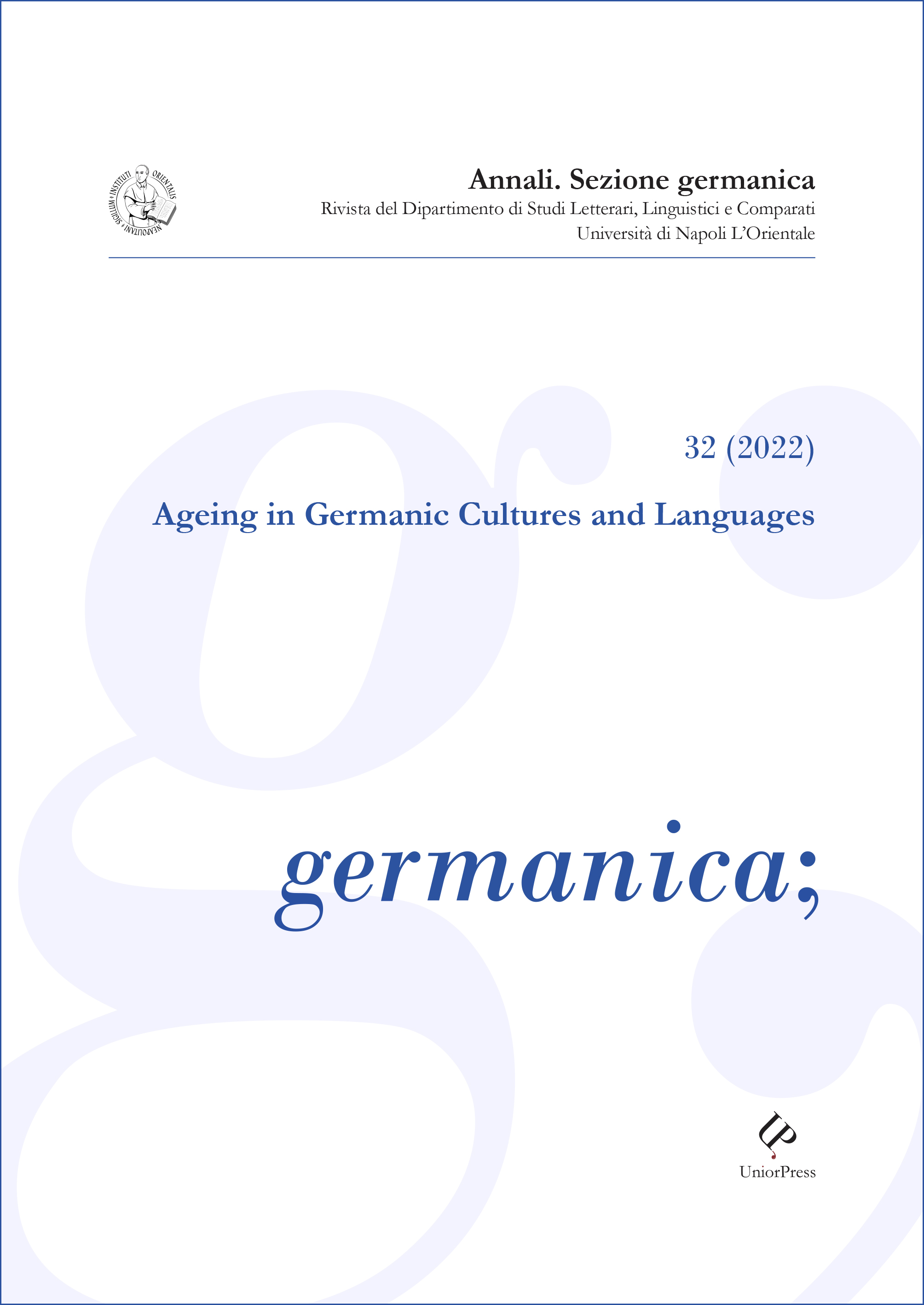The Ages of Man: Young and Old in Healing Recipes and Charms
DOI:
https://doi.org/10.6093/germanica.v0i32.10015Keywords:
aging, recipes, Middle Ages, humoral theory, man’s agesAbstract
The theme of age has always been at the center of men’s interest, and the medieval man was not an exception. Aging and the ages of man were at the core of the literary, philosophical, theological and scientific medieval thought. The present study aims to offer a survey on the main medieval theories that influenced the scientific debate, especially in the field of medicine, and on their reflections on healing recipes. Based on a corpus of Middle English and Anglo-Norman healing recipes, it has concentrated on the frequency of age reference and its role in the treatment. Unexpectedly, the age factor appears to be more frequent in indirect reference than in relation to patients. This was due to the fact that it was up to the healer to adjust them to the patient’s complexion. However, the few instances retraceable in the corpus clearly show how the medieval man was worried about old age and looked for youth, the target of the only charm present in the corpus.
Downloads
Published
How to Cite
Issue
Section
License
The authors who publish in this Journal accept the following conditions:
- The authors retain the rights to their work and give the magazine the right to first publish the work, simultaneously licensed under a Creative Commons License - Attribution which allows others to share the work indicating the intellectual authorship and the first publication in this magazine.
- Authors may adhere to other non-exclusive license agreements for the distribution of the version of the published work (eg deposit it in an institutional archive or publish it in a monograph), provided that the first publication took place in this magazine.
- Authors can disseminate their work online (e.g. in institutional repositories or on their website) before and during the submission process, as it can lead to productive exchanges and increase citations of the published work (See The Effect of Open Access).


